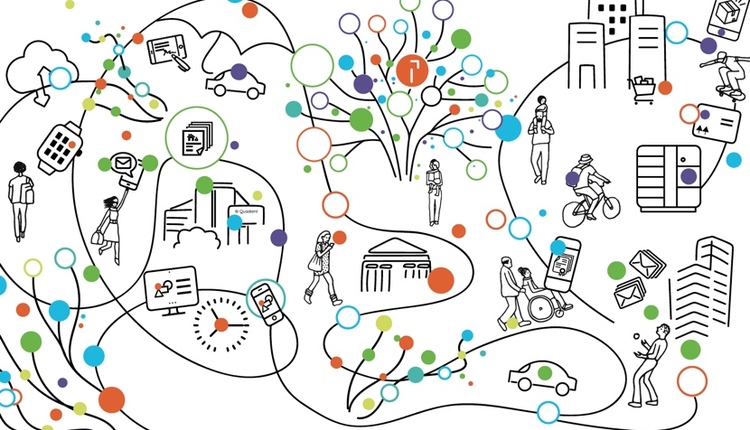I recently had the chance
to hike through the Mariposa Grove, home
to over 500 giant sequoias in Yosemite
National Park. There's just something about standing next to these
giants that make you feel like you're simply a cog in the system we call the
universe. Mother Nature is a savvy caretaker—a fact evidenced through human
missteps in recreating natural processes, like fire, that are critical in revitalizing
and renewing the earth. The devastating Yellowstone
fires in 1988, a deadly combination of a dry climate, extremely flammable forest
overgrowth and the Park's foray into "controlled burns," show the complexity
of natural fire ecology.
Throughout my hike, I could
see the evidence of scarring on the trees by what park rangers term as prescribed burning. This process of setting
strategic, low-level fires, a management tool to mimic the natural role of fire
in forest ecology, has certainly had its challenges. Park officials have
battled against public outcry protesting the purposeful burning of a natural
preserve and potential for catastrophic damage. Though evidence suggests that
fire plays a key role in the natural order, it seems a human condition to fight
against the idea of destruction. We are fundamentally a species of builders,
and so, destroying what we've built seems abhorrent to us. Yet, as the park
ranger noted on my hike, "We should not try to save one tree at the cost of the
entire forest."
"This preoccupation with 'keeping the lights on' prevents them
from reacting to new challenges and opportunities in an agile fashion."-Kristof Kloeckner
It's
not surprising that this reticence to cleanse overgrown areas extends into our
business lives and the enterprise. With the consumerization of IT, organizations
are pressed to keep pace with the latest technology demands. Even as
enterprises buy new solutions, they don't clear out the old ones, creating a
dense and overburdened environment. Today, the maintenance of these legacy
systems and their outdated processes are hitting IT budgets where it hurts.
According to IBM executive Kristof Kloeckner, 70% to 80% of an enterprise's IT resources are spent
on maintaining existing systems. In fact, the DoD's Assistant Deputy Chief Management
Officer estimates that only 25% of the
seven billion dollar DoD IT budget is spent on building new systems. As Mr. Kloeckner
has commented, "This preoccupation with "keeping the lights on" prevents them
from reacting to new challenges and opportunities in an agile fashion."
Just
as with any type of ecosystem, the health and revitalization of your enterprise
depends on clearing out the debris you have accumulated. The shrewd
organization should evaluate all resources at hand regularly and focus on the investments
that support core functions—a task that is surely daunting. On the other hand,
organizations who do not consistently manage their resources and/or
aggressively use slash-and-burn tactics with little thought to the impact on
the business ecology could be courting disaster, creating conditions for a
perfect storm like that of the 1988 Yellowstone fires. Remember, you should
define what these technologies mean to you and how it will be integrated in
your business objectives—not the other way around. I hope the strategies here
in this issue and the sessions at the DOCUMENT Strategy Forum* in Greenwich
offer the impetus to take control of your own revitalization in the
enterprise.
Until
next time,

ALLISON LLOYD is the editor of DOCUMENT, the dedicated document management portal for executives, directors and managers involved with the management, strategy, creation and delivery of communications in B2C environments. She leads the editorial direction for all DOCUMENT Media outlets, including its magazine, website, newsletter and event. Ms. Lloyd is a thought leader and expert in the transactional and customer communications industry.
*Due to Hurricane Sandy, DOCUMENT Strategy Forum has been postponed. Check back for further updates.














